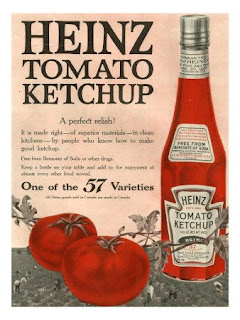The Amaranth color is mentioned in an Italian newspaper, Regio Delle Due Sicilie, Naples, 30th of March, 1811.
The book Amaranth: Modern Prospects for an Ancient Crop, 1984 talks about the importance of Amaranth grains to pre-columbian people, such as in their alimentation or rituals and beliefs.
Aesop's Fables, sixth century b.C. - "The Rose and the Amaranth"
A Rose and an Amaranth blossomed side by side in a garden,
and the Amaranth said to her neighbour,
"How I envy you your beauty and your sweet scent!
No wonder you are such a universal favourite."
But the Rose replied with a shade of sadness in her voice,
"Ah, my dear friend, I bloom but for a time:
my petals soon wither and fall, and then I die.
But your flowers never fade, even if they are cut;
for they are everlasting."
John Milton's poem Paradise Lost (1667), Amaranth as a symbol of immortality
"Immortal amarant, a flower which once
In paradise, fast by the tree of life,
Began to bloom; but soon for man's offence
To heaven removed, where first it grew, there grows,
And flowers aloft, shading the fount of life,
And where the river of bliss through midst of heaven
Rolls o'er elysian flowers her amber stream:
With these that never fade the spirits elect
Bind their resplendent locks."
Plinio il Vecchio, speaks of amaranth in the "Naturalis Historia" by referring to the fact that the plant never withers and the flowers can be collected and maintained for a long time in the water.
Literature:
Amaranth is the name of the otherworldly pantheon that amuses itself by toying with individuals' luck in Tim Lebbon's novel "The Unfortunate".
"Love-Lies-Bleeding" (a poetic name for the amaranth flower) is the title of a 2005 play by Don DeLillo.
In Orson Scott Card's novel "Speaker for the Dead", amaranth is the only grass in the limited ecosystem of the planet Lusitania.
In the novel "To Live Forever" by Jack Vance, the members of the Amaranth Society have achieved immortality.
In Garth Nix's novel Abhorsen, the third chapter is entitled "Amaranth, Rosemary and Tears".






























